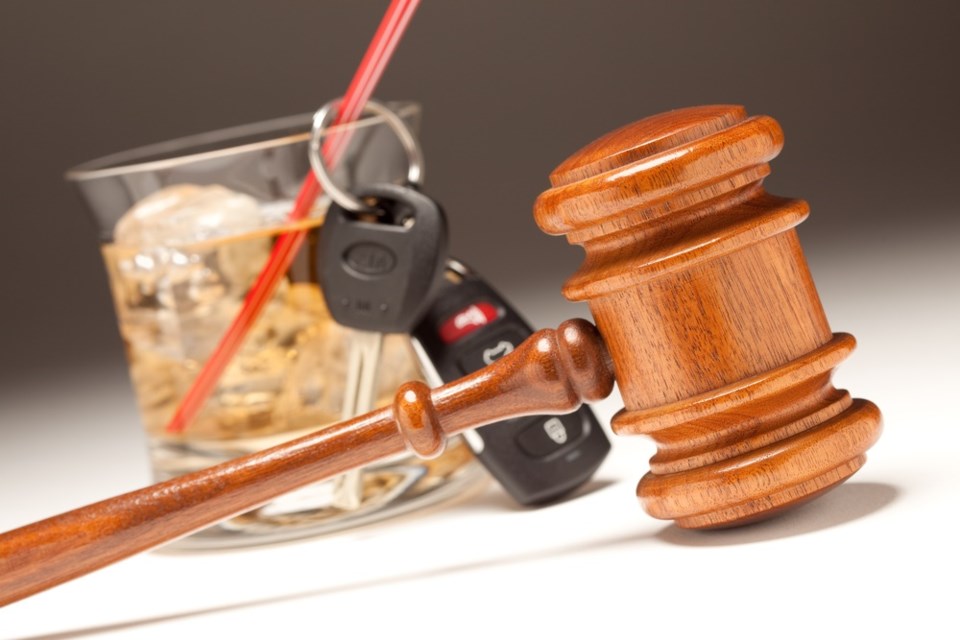THUNDER BAY — A Thunder Bay man charged last year for driving with more than the legal limit of alcohol in his blood has been convicted after his lawyer unsuccessfully argued that an OPP officer had no reasonable grounds to pull him over.
The incident occurred on the night of February 24, 2017 on the Thunder Bay Expressway.
Court was told that an OPP constable driving west was approached by an eastbound vehicle whose driver flashed his high beams at him.
The officer turned around, activated his cruiser lights, and pulled the car over.
After approaching the vehicle and talking to the driver, he detected an odour of alcohol, noted that the man had red eyes, and also observed that the car's sunroof was open.
The man denied that he had been drinking and said he had flashed his high beams to let the officer know the OPP vehicle's high beams were on as the vehicles approached each other.
The officer testified at the trial that he didn't believe he had his own high beams on, but the judge noted in his decision that "Maybe he did or maybe he didn't—it doesn't matter, because flashing his own high beams in response is not an exception" under the Highway Traffic Act.
Under the act, it is an offence to use high beams within 150 metres of another driver.
The court determined the officer had grounds to make the traffic stop, and that he did not do so arbitrarily.
The accused's lawyer further contended that the officer had insufficient grounds to make a roadside screening demand.
In the roadside screening test, his client registered a "fail." At the OPP detachment later, two samples were taken, with readings of .150 and .140, both being above the legal limit of .08.
The judge, in explaining his decision, said "the law is quite clear that the odour of alcohol on a driver's breath, alone, can give rise to a reasonable suspicion that the driver has alcohol in his body."
Although the defence suggested the officer should have investigated further, to discount the possibility the odour was coming from a passenger or elsewhere in the vehicle, the court decided that the officer did have a reasonable suspicion that the driver had alcohol in his system while driving.
He consequently admitted the alcohol test results into evidence and convicted the man.
— tbnewswatch.com
